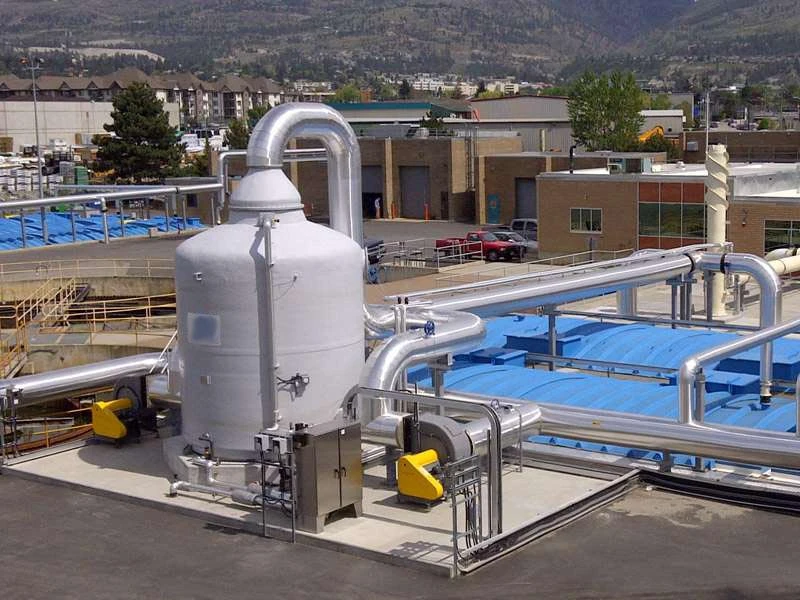
-
 Afrikaans
Afrikaans -
 Albanian
Albanian -
 Amharic
Amharic -
 Arabic
Arabic -
 Armenian
Armenian -
 Azerbaijani
Azerbaijani -
 Basque
Basque -
 Belarusian
Belarusian -
 Bengali
Bengali -
 Bosnian
Bosnian -
 Bulgarian
Bulgarian -
 Catalan
Catalan -
 Cebuano
Cebuano -
 China
China -
 China (Taiwan)
China (Taiwan) -
 Corsican
Corsican -
 Croatian
Croatian -
 Czech
Czech -
 Danish
Danish -
 Dutch
Dutch -
 English
English -
 Esperanto
Esperanto -
 Estonian
Estonian -
 Finnish
Finnish -
 French
French -
 Frisian
Frisian -
 Galician
Galician -
 Georgian
Georgian -
 German
German -
 Greek
Greek -
 Gujarati
Gujarati -
 Haitian Creole
Haitian Creole -
 hausa
hausa -
 hawaiian
hawaiian -
 Hebrew
Hebrew -
 Hindi
Hindi -
 Miao
Miao -
 Hungarian
Hungarian -
 Icelandic
Icelandic -
 igbo
igbo -
 Indonesian
Indonesian -
 irish
irish -
 Italian
Italian -
 Japanese
Japanese -
 Javanese
Javanese -
 Kannada
Kannada -
 kazakh
kazakh -
 Khmer
Khmer -
 Rwandese
Rwandese -
 Korean
Korean -
 Kurdish
Kurdish -
 Kyrgyz
Kyrgyz -
 Lao
Lao -
 Latin
Latin -
 Latvian
Latvian -
 Lithuanian
Lithuanian -
 Luxembourgish
Luxembourgish -
 Macedonian
Macedonian -
 Malgashi
Malgashi -
 Malay
Malay -
 Malayalam
Malayalam -
 Maltese
Maltese -
 Maori
Maori -
 Marathi
Marathi -
 Mongolian
Mongolian -
 Myanmar
Myanmar -
 Nepali
Nepali -
 Norwegian
Norwegian -
 Norwegian
Norwegian -
 Occitan
Occitan -
 Pashto
Pashto -
 Persian
Persian -
 Polish
Polish -
 Portuguese
Portuguese -
 Punjabi
Punjabi -
 Romanian
Romanian -
 Russian
Russian -
 Samoan
Samoan -
 Scottish Gaelic
Scottish Gaelic -
 Serbian
Serbian -
 Sesotho
Sesotho -
 Shona
Shona -
 Sindhi
Sindhi -
 Sinhala
Sinhala -
 Slovak
Slovak -
 Slovenian
Slovenian -
 Somali
Somali -
 Spanish
Spanish -
 Sundanese
Sundanese -
 Swahili
Swahili -
 Swedish
Swedish -
 Tagalog
Tagalog -
 Tajik
Tajik -
 Tamil
Tamil -
 Tatar
Tatar -
 Telugu
Telugu -
 Thai
Thai -
 Turkish
Turkish -
 Turkmen
Turkmen -
 Ukrainian
Ukrainian -
 Urdu
Urdu -
 Uighur
Uighur -
 Uzbek
Uzbek -
 Vietnamese
Vietnamese -
 Welsh
Welsh -
 Bantu
Bantu -
 Yiddish
Yiddish -
 Yoruba
Yoruba -
 Zulu
Zulu
frp underground tank
Understanding FRP Underground Tanks Benefits and Applications
Fiberglass Reinforced Plastic (FRP) underground tanks have gained significant popularity in various industries due to their durability, corrosion resistance, and lightweight properties. These tanks are manufactured using advanced composite materials that combine fiberglass with a resin, making them an excellent choice for storage needs, particularly in environments where traditional materials may fail.
One of the primary advantages of FRP underground tanks is their outstanding resistance to corrosion. Unlike metal tanks, which can rust and degrade over time when exposed to harsh chemicals or moisture, FRP tanks maintain their structural integrity even in the most challenging conditions. This property makes them ideal for storing a wide range of substances, including chemicals, petroleum products, and wastewater. Their long lifespan reduces the need for frequent replacements, making them a cost-effective solution over time.
Understanding FRP Underground Tanks Benefits and Applications
The flexibility in design is another area where FRP tanks excel. Manufacturers can create tanks of various shapes and sizes to meet specific requirements. This customization capability means that organizations can optimize their storage solutions based on available space, fluid type, and operational needs, providing a perfect fit for any project.
frp underground tank

Moreover, FRP tanks are designed to withstand harsh environmental conditions. They are constructed to resist UV radiation, which can degrade other materials over time. This durability extends their viability for outdoor applications, making them suitable for industries such as agriculture, chemical processing, and even oil and gas.
Safety is a paramount concern, especially in industries that deal with hazardous materials. FRP underground tanks significantly mitigate risks associated with leakage and spills. Their non-corrosive nature and tight seals help to prevent environmental contamination, ensuring compliance with regulatory requirements. Many FRP tanks are also equipped with secondary containment systems, providing an additional layer of protection against accidental releases.
Installation and maintenance of FRP tanks are generally straightforward. Since they do not require cathodic protection, as steel tanks do, there are fewer regulatory hurdles and ongoing maintenance costs associated with FRP tanks. Additionally, their smooth surface minimizes buildup and makes cleaning easier, further reducing operational downtime.
However, it is essential to select the right resin and fiberglass combination based on the materials being stored. Different chemical compositions require tailored solutions, and consulting with manufacturers can provide guidance to ensure optimal performance and longevity.
In conclusion, FRP underground tanks offer numerous advantages, including corrosion resistance, lightweight design, customization flexibility, and enhanced safety features. These qualities make them an excellent choice for a myriad of applications across different industries. As the demand for safe, reliable, and efficient storage solutions continues to grow, FRP tanks are poised to play an increasingly vital role in effective resource management and environmental protection. Whether for industrial use, fuel storage, or hazardous material containment, FRP underground tanks represent a modern approach to addressing storage challenges in various sectors.









